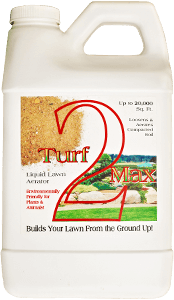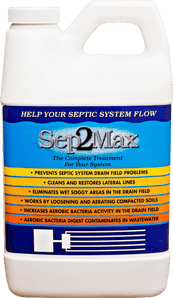Soil Restoration Technologies is dedicated to helping to improve our environment, particularly in the realm of soil and water preservation, restoration, and reclamation. Because of this, we are investigating flower bed landscaping in a non-traditional way.
This topic will cover sustainable landscaping particularly the components and function of rain gardens. Please note: We are in no way discouraging traditional landscaping practices. We just want to inform you about this topic so that you may consider rain gardens as an addition to your other projects.
Why Rain Gardens?
Non-point source pollution is the largest source of pollution in rivers and streams. Things that we do everyday damage our source of drinking water.
The normal water cycle involves rain falling on the soil with vegetation then percolating deep into the soil profile eventually ending up in the water table. From there it enters the waterways through streams and rivers and lakes. This process is nature’s way of providing excellent water quality.
In developed areas, the water cycle is altered. Rainwater hits pavement, roofs, and other hard surfaces picking up oil and other contaminants including salts, heavy metals, oil, and antifreeze.
Stormwater runoff causes problems in the water cycle by bypassing the filtration of soil, plants, water table and lakes. Instead of percolating into the soil, the water runs directly into a storm drain discharging pollutants directly into streams, rivers and lakes.
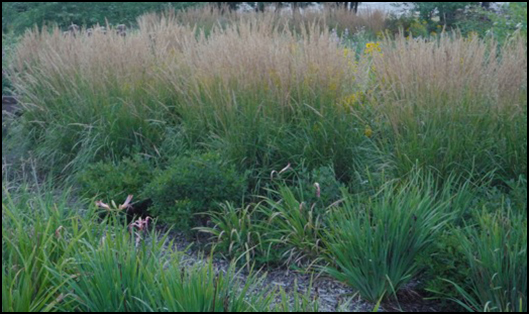
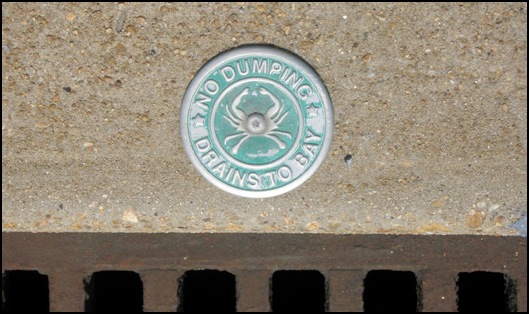
Components and Function of Rain Gardens
Rain gardens are designed to retain, absorb, and filter rainwater. They are typically composed of native plants that are indigenous to the local region. The roots of natives typically burrow deep into the soil. This helps to open channels for water to infiltrate deeper into the soil.
Since they are adapted to the local area, pests and diseases rarely affect the plants. The design may include adding sedges, rush, bunch grasses, and shrubs along with flowering perennials. They provide habitat for native birds, butterflies, and beneficial insects such as bees.
Rain Garden Design
A properly designed rain garden is typically shaped like a saucer and will add appeal to a landscape. They should be located in the low area of the landscape, so as to collect water from a large area of the landscape.
This will facilitate the collection of water during and after rainstorms. Rain gardens are typically excavated to a depth of two feet. A blend of compost, peat moss and soil is added to the depression to about 5 – 10 inches below the landscape surface. In some cases, a notch on the low side will help to drain excess water into the adjacent landscape to prevent ponding.
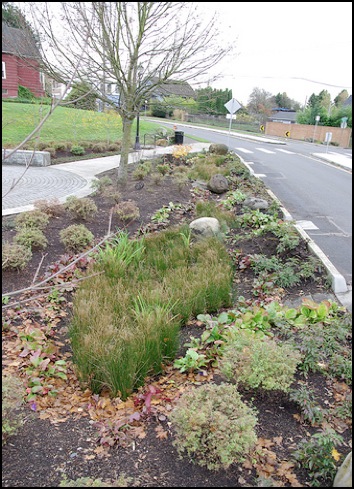
Presentation to the City of Tulsa
In 2007, I gave a presentation to the top officials of the City of Tulsa OK and received a positive response. Urban areas, in particular, collect large amounts of surface pollutants.
The best way to plan for improving water quality is to improve the ecological land-use within a given watershed. The target area for implementation is within the downtown area and along the Arkansas River Corridor. The plan is to establish several pilot projects along medians and right of ways.
Surface Water Runoff
Water runoff on compacted soils contributes to surface runoff due to low infiltration and percolation in the soil. Surface runoff normally involves loss of topsoil due to surface erosion and the washing away of fertilizers and or pesticides into the watershed.
Applying Turf2Max on areas with compacted soils or locations vulnerable to soil erosion will help reduce surface water runoff due to increased infiltration and percolation into the soil. We hope that you consider this alternative and sustainable approach to flower bed landscaping. Feel free to contact us if you have any questions. We will be happy to assist you.
